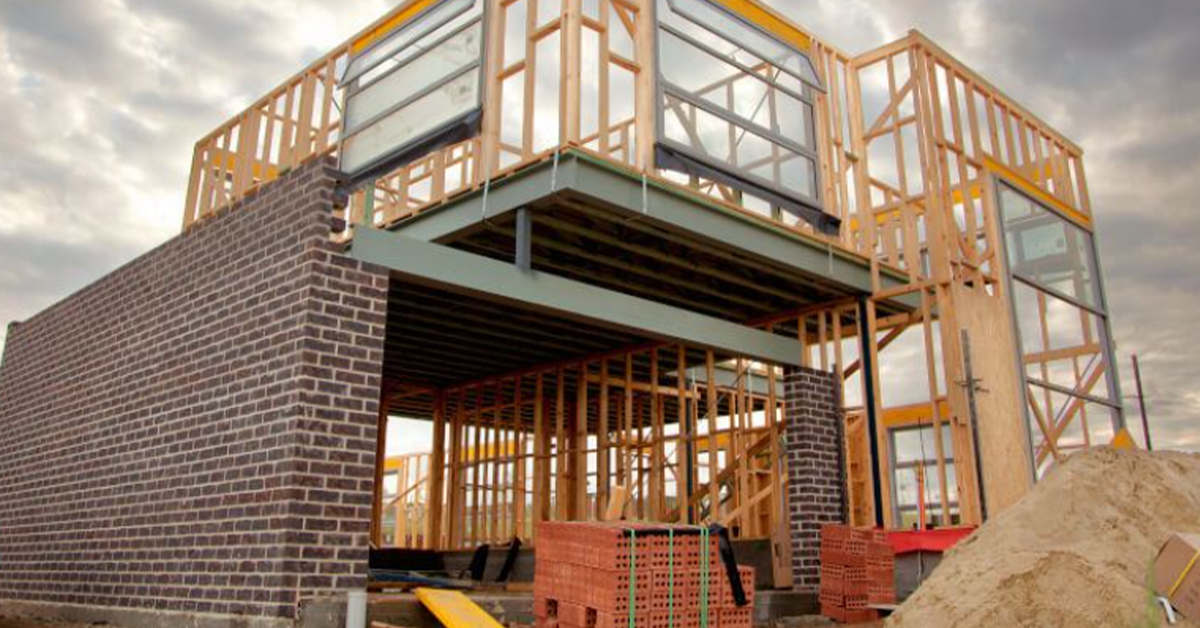- No products in the cart.


“The Budget must provide financial incentives for state governments to slash the hidden taxes, charges, red tape and regulatory creep that are driving up house prices,” says Master Builders CEO Denita Wawn.
“The real cost of building new homes has remained stable for 50 years while house prices have nearly quadrupled,” she said.
“In previous decades the costs of urban infrastructure such as local roads, water, sewage and other utilities were borne by the government. Today these costs are embedded in the price of ‘shovel ready’ land for housing development and levied on new home buyers adding an estimated 30-40 per cent to the cost of a new home,” Denita Wawn said.
“This has a major impact on greenfield housing developments on the fringes of our major cities. Generations have grown up with the dictum that you buy your first home on the fringe and then work your way in, but that model is dead. In some cities, it now costs more to build in a greenfield housing development than it does on an ‘infill’ or ‘brownfield’ site in the inner suburbs,” she said.
“Red tape and regulatory creep is another driver of cost and also a barrier to building more new homes so that supply can catch up with demand, which is the only sustainable long term solution to tackling housing affordability,” Denita Wawn said.
“Increased costs and complexity and delays in building approvals processes and new forms of excessive regulation, including environmental regulation, are being added each and every year adding to the cost of new homes,” she said.
“The pressure on politicians to help young people conquer the deposit gap is understandable but the Budget can’t just be about this,” Denita Wawn said.
“Federal financial incentives to state governments have been previously recommended by the Henry Review of our tax system and the Harper Review of competition policy. They have worked before and will work again,” Denita Wawn said.

